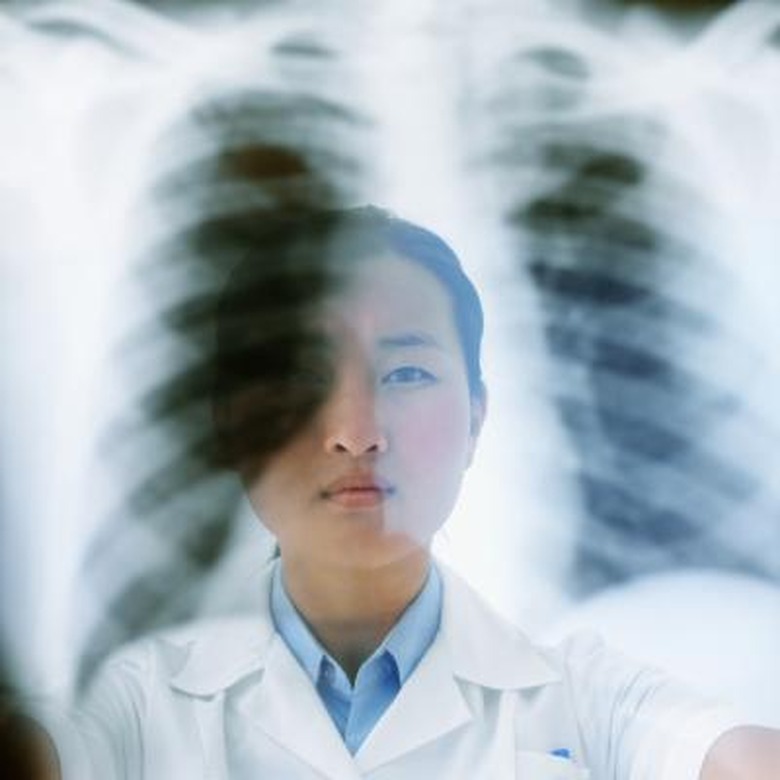Why Do The Lungs Feel Spongy?
General Overview
The lungs are part of the respiratory system in the human body. They are the essential organ in air-breathing animals and are usually located in the chest cavity. The main function of lungs is to transport oxygen into the bloodstream and to release carbon dioxide from the bloodstream into the air. This occurs due to the thousands of cells in the lungs that make up the alveoli, which are tiny air sacs that diffuse the oxygen entering the lungs from the atmosphere. The lungs are rather large, and surround the heart and important blood vessels in the chest cavity.
Why Lungs Feel Spongy
Why Lungs Feel Spongy
The lungs feel spongy because of the millions of alveoli inside them. The alveoli are tiny air sacs that have pores in them to allow for the diffusion of oxygen. This porous structure of the lungs makes them very similar to the actual makeup of a real sponge. Thus, the lungs take on a spongy appearance and feel like a sponge to the touch. Furthermore, the large amount of surface area in lungs that is necessary to absorb oxygen gives them that spongy feel as well.
Warnings
Warnings
The lungs are extremely fragile organs that can be easily damaged. Smoking is one of the primary activities that causes damage to the lungs. In fact, lung cancer is directly correlated with smoking. The tar in cigarettes and cigars causes severe health problems such as emphysema and lung cancer in long-term smokers by accumulating in the lungs. Other lung diseases include cystic fibrosis (a disease wherein the lungs produce abnormally viscous mucus), pneumonia (a disease caused by bacteria, viruses or fungi), tuberculosis (a bacterial infection), emphysema (a disease where the air spaces in the lung enlarge), and asthma (a disease characterized by a narrowing of the bronchioles, making it harder to breathe).
Cite This Article
MLA
Hira, Maggie. "Why Do The Lungs Feel Spongy?" sciencing.com, https://www.sciencing.com/why-do-lungs-feel-spongy-4578272/. 24 April 2017.
APA
Hira, Maggie. (2017, April 24). Why Do The Lungs Feel Spongy?. sciencing.com. Retrieved from https://www.sciencing.com/why-do-lungs-feel-spongy-4578272/
Chicago
Hira, Maggie. Why Do The Lungs Feel Spongy? last modified March 24, 2022. https://www.sciencing.com/why-do-lungs-feel-spongy-4578272/
